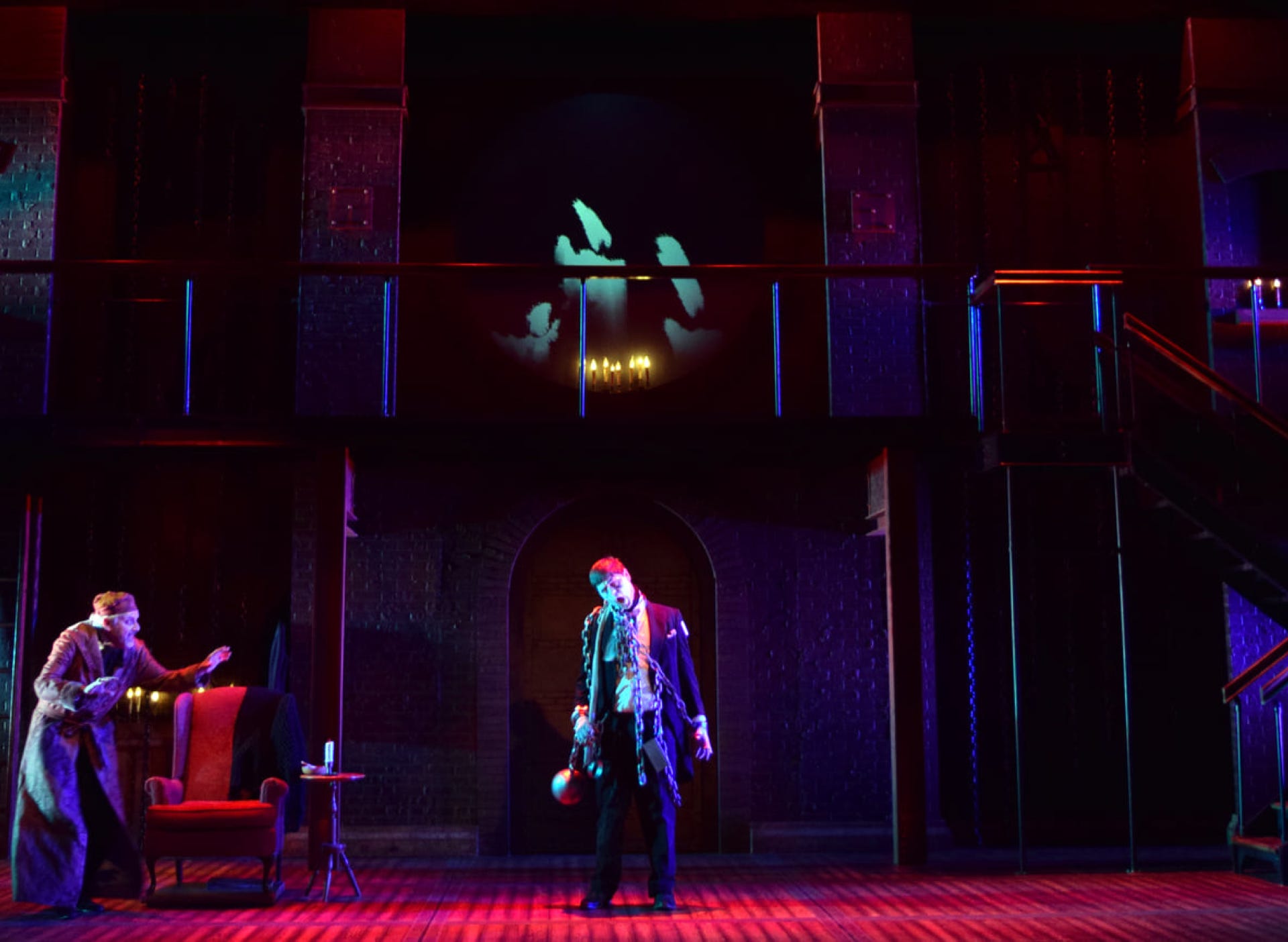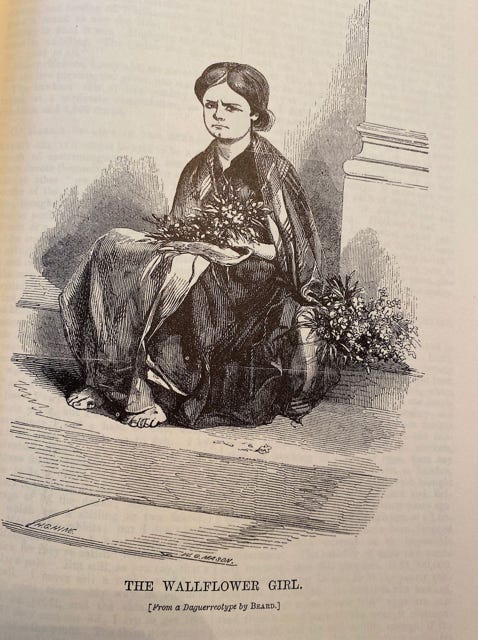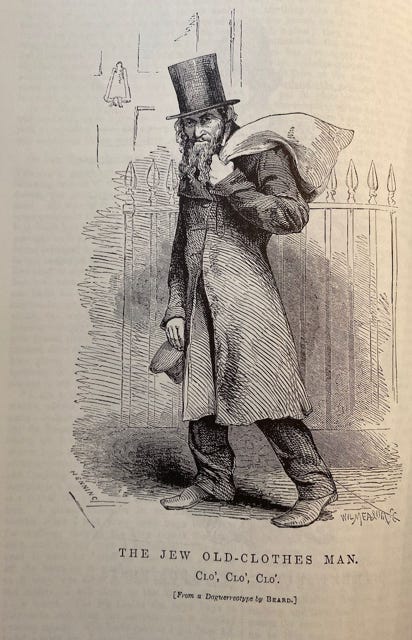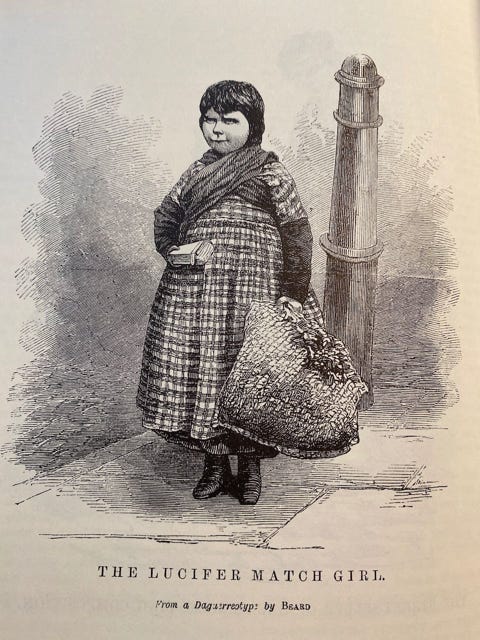

I love the story, played Scrooge myself for four seasons at the McCarter theater in Princeton, and wanted to make an adaptation that paid more attention to the social realities of the time.
A chamber version, this adaptation is devised to be performed with between five and seven actors - and no children. Along with weaving new details throughout, I’ve also added my own ending— because what does happen when a person’s life is turned upside down? As a relatively young man when the Spirits visit—Scrooge is forty-five in the story, the idea of him being an older man comes, I think, from the illustrations and then the various movies—there is time for him to remake his life.
One of Dickens' principal sources for this story as well as for others, was Mayhews ongoing survey of London's underbelly that would later be published as London Labour and the London Poor.
At the mid-point of the nineteenth century, London was the first industrialized capital, notoriously filthy and noisy, flooded by dispossessed country workers hoping to find work and a better life, but instead finding, according to Jacob Adler, the worst slums in Europe and bone-crushing poverty.
In A Christmas Carol, Dickens presents a world full of the possibility of good that is corrupted and befouled by greed till, on that one night of the year when redemption is possible, Scrooge is offered the chance to remake his life.
I wrote a new ending to show how he seizes that chance. What he does with it, and how it affects the lives of others, is the subject of the play.




This website makes use of cookies. Please see our for details.
Deny
OK